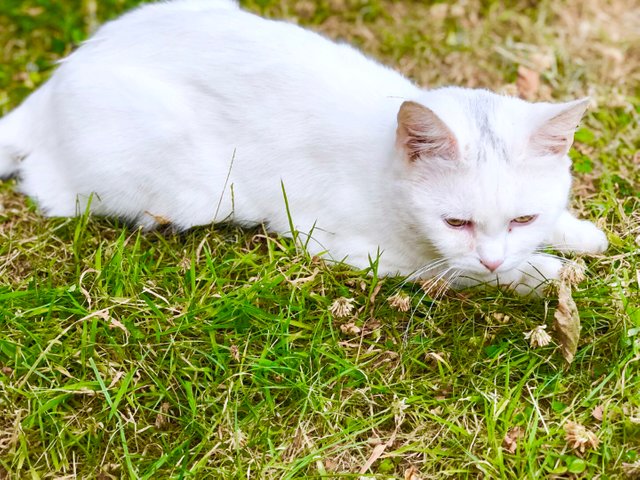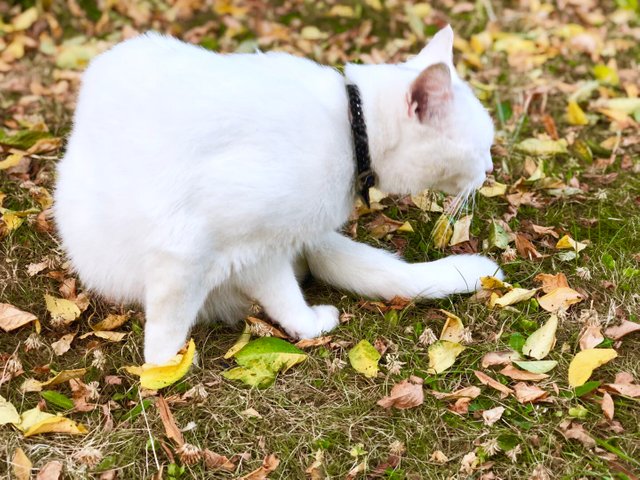Special Needs IV

Young Adults
Kittens eventually develop into young adults as they absorb nutrition and develop physical and behavioural changes to reflect their maturity. When a cat enters its young adult life, diet requirements will also change. These changes are expected to occur around six months in as kittens develop rapidly. This growth will gradually decline as they approach adulthood and well into the twelve month period a young kitten can now be considered fully fledged adult.
When growth rate begins to decline, the nutritional demand will also decrease. The highly nutritious kitten diet that may have been fed up to four times a day will begin to serve as a surplus and excessive feeding can result in obesity. While cats are energetic, the energy expenditure may decrease as they mature. It’s perfectly normal to observe a decrease in activity levels as they move on from being kittens. Where smaller meals were being fed frequently, pet owners can comfortably consolidate these into one main meal for the day and shift to adult cat food. This should be a gradual transition as cats will most likely find themselves feeling hungry with the absence of their former regime.
To remedy the hunger period a light snack may be offered at different times of the day. Tasty treats will satisfy cats and many owners will opt to serve them in the morning, sometimes around the afternoon period and also with a main meal in the evening. The contents of the snack and meals need to be reviewed to ensure that the correct balanced diet is being supplied.
It may be essential to identify if one possess a slow maturing cat. Most cats can be expected to mature around twelve months from birth thus declining in growth. There are however, certain breeds of cats that will mature over a longer period of time. This can be extended by additional three years in certain longhair breeds. Persian kittens are one such example and require a specific diet requirement when being kept in the house.
The growth rate will reduce at a significantly lower rate for the long haired breeds. As such, higher calorie and nutritious diets need to be sustained in the later years of life to support the continuous growth period. Once again, frequent meals and higher quality content is the preferred feeding schedule and will help to see a young adolescent grow into a healthy adult.

beautiful cat <3 great post very informative article about cats Thank you!
if you don't mind please upvote my article i hope you like my article Thanks.
To listen to the audio version of this article click on the play image.

Brought to you by @tts. If you find it useful please consider upvoting this reply.